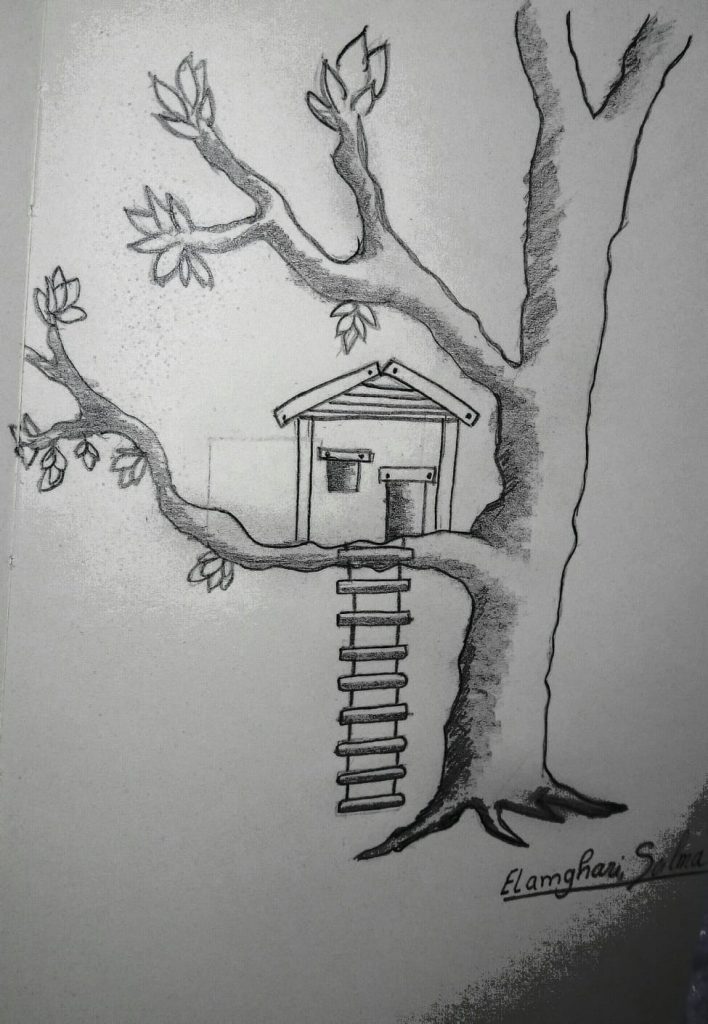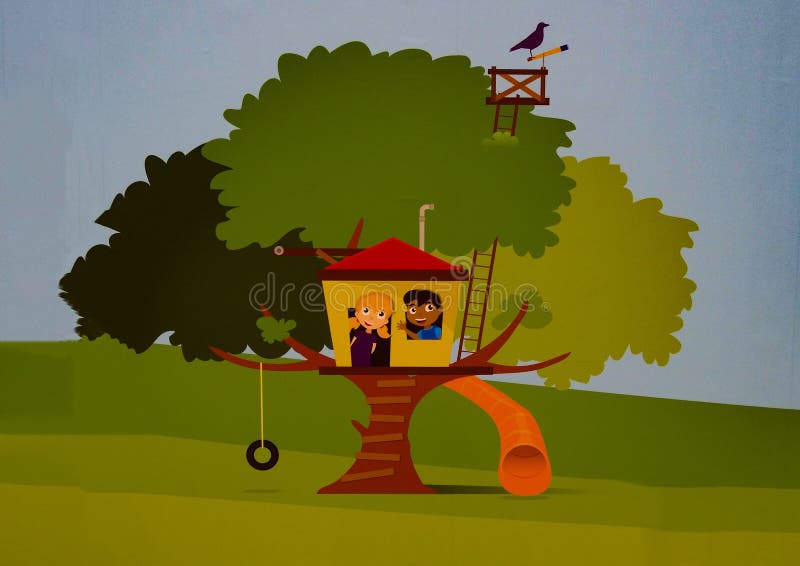
We’ve mostly all, once in our lives, dreamt about having a treehouse , most cartoon and childhood characters had one. I’ve always been mesmerized but them, having your own play space on top of the world, isolated from everyone, where you can be in your bubble of imagination.





When building a safe and resistant tree house, some important considerations must thus be taken into account:
The tree to be used should be considered carefully. First of all, you should check that it is healthy, has no apparent illness, is well rooted, and, preferably, that it has already reached its peak growth. These checks are vital, as this tree will be the foundation and the backbone of your home.
There are several variables and possibilities to take into account. You can use a single thick trunk, several branches of the same tree, or even trunks of nearby trees. This choice will influence the possibilities for dimensions of the structure, as well as considerations of spans and balances, which can lighten or increase the load placed on the trees. For example, when fixing the structure to two different trees, it should be considered that each tree may have different wood densities and react differently to the wind.

Every time we move, we drill, or we strip the trees, these actions are an aggression and a source of stress. Therefore, one should try to keep this to a minimum. Drilling fewer, thicker holes is less harmful than drilling several smaller holes. Always avoiding drilling holes at a distance of less than 30 centimeters from each other.
To fasten to the tree, use screws, never nails, and ensure that they are at least 20 cm long to allow a lot of adhesion. Retention screws (which do not go through the entire tree) are best to prevent damage to the opposite side of the trunk.

It is important to point out that trees have a particular healing process. Trees are not able to replace or heal, but instead, they try to “seal” damaged tissue outside healthy tissue.


Possibly the most critical issue when building them is structuring the floor slab , which is what facilitates the development of the rest of the building.
It is vital that the beams have some type of reinforcement, such as diagonal brackets or even auxiliary pillars to the ground, so as not to overload the connections.


If there are multiple branches or trunks that are not sufficiently thick, one possible solution is to create a fixed frame between them. This method is the simplest way to build, and does not require great structural or carpentry knowledge. Best practice is to use large gauge pieces with special care for the joints between them.

When the design calls for a structure with larger spans, across multiple larger trees, flexible structures must be considered. This flexibility is necessary because, considering that the structure will be attached to different tree types, the supporting trees will each behave differently in, for example, a windstorm, which can twist the structure of the house in such a way as to break its connections, causing the structure to collapse. This flexibility allows for the use of thinner and cheaper parts, but also makes the structure more complicated to build. One end of a beam must be attached to the strongest trunk and the other end, supported by a sliding joint.

Another method, a little more complex, is to take advantage of traction, using steel cables. A steel cable is attached at one end to the support and to a higher branch at the other end. This method is cheap and effective, but you need to be very careful that the tree does not come into contact with the mobile cable. Steel cables have enormous tensile strength and can give the impression that your home is floating in the trees.

After the platform is built, the walls and roofs can be constructed.
Preferably, architects should avoid materials that are too heavy, since most of the load will continue to be absorbed by the respective trees.

